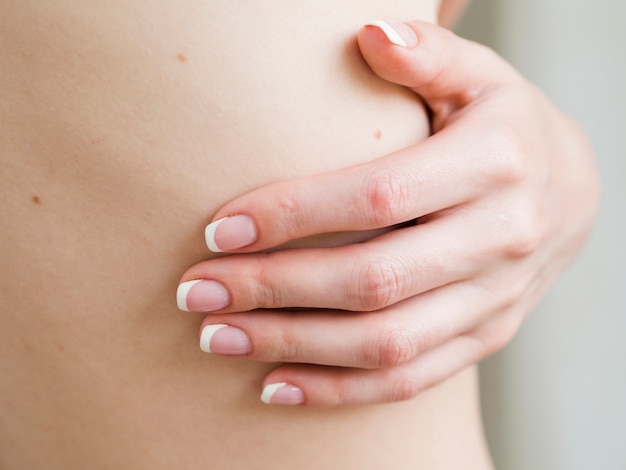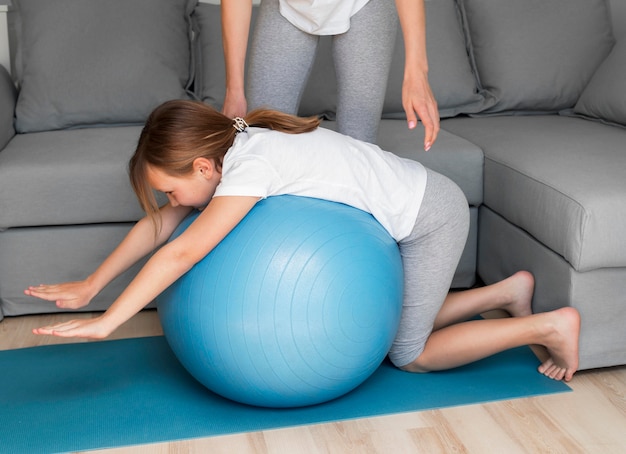Breast self-examinations are crucial for catching breast cancer early. By regularly checking your breasts, you become familiar with their usual look and feel, making it easier to spot any unusual changes.
The Purpose of Self-Examinations
Regular self-exams help you get to know what your breasts normally feel like so you can quickly notice any changes or issues. The most common sign to watch for is a lump, which is usually not painful but can be felt or seen. Also, keep an eye on your nipples for any changes like becoming inverted, protruding more, or discharging fluid. Any skin changes, especially if they’re on just one breast, are also important to note. Regular self-exams let you keep track of any new lumps or hard areas.
Understanding Breast Cancer
Breast cancer is the most common cancer in women and happens when some breast cells grow uncontrollably, forming a tumor. Tumors can be benign (like fibroadenomas or cysts) or malignant (carcinomas). Malignant tumors are dangerous because they can spread to nearby tissues or other parts of the body. Early diagnosis through mammograms and regular check-ups is key. Treatment and recovery chances depend on the stage and type of cancer at diagnosis. Treatments include surgery, chemotherapy, radiation, hormone therapy, and biological therapies.
When to Perform Self-Examinations
Starting at age 20, you should do a breast self-exam once a month, ideally a week after your menstrual cycle ends when hormonal changes have settled. This practice helps you understand what鈥檚 normal for your body and identify any unusual changes. If you鈥檙e pregnant or menopausal, timing isn’t as critical, but any new skin changes, nipple discharge, or shape changes in the breast should lead to a doctor鈥檚 visit.
How to Conduct a Self-Examination
A self-exam has two parts: observation and palpation.
1. Observation: Stand in front of a mirror with your shoulders relaxed and arms at your sides. Check for changes in breast shape, skin color, cracked nipples, or any dimples. Repeat these checks with your arms raised, then with hands pressed on your forehead and chest muscles contracted.
2. Palpation: Use the inner parts of three fingers to feel each part of the breast with small, circular movements, covering the entire breast area. Look for lumps or hard areas by applying gentle, then firmer pressure with your fingers.
What to Look Out For
While examining your breasts, watch for changes in shape and size, thickening or lumps in the breast or armpit, nipple discharge, skin depressions, bumps, or unusual feelings. Also, note any changes in the nipple, skin rashes, or unexplained pain in the breast or armpit. Though self-exams are important, they don鈥檛 replace professional exams and tests like mammograms and ultrasounds. Regular self-exams can help you detect cancer early, reducing the risk of advanced cancer. If you notice any troubling symptoms, it鈥檚 important to see a doctor right away.







